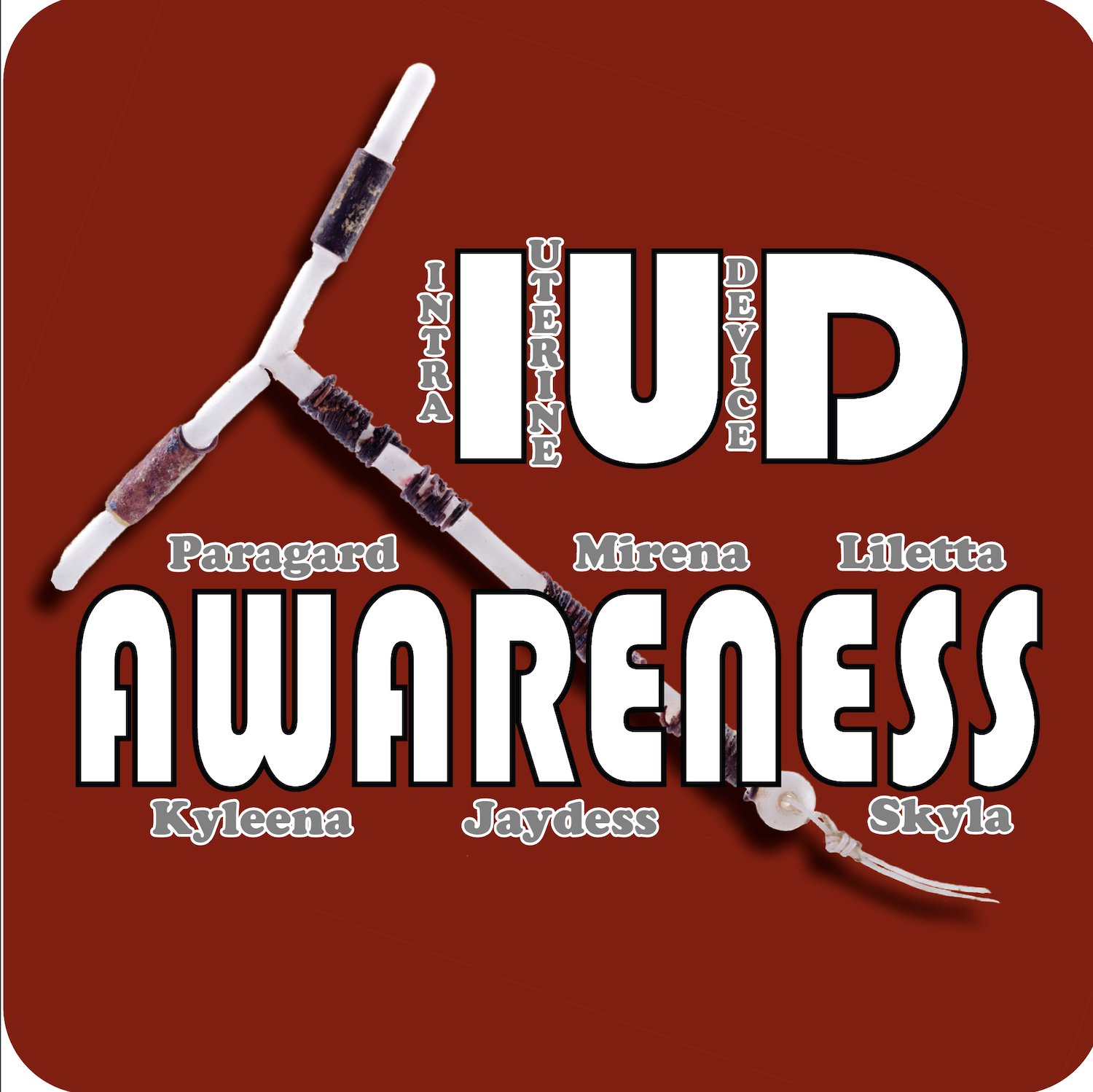The troubling link between the copper IUD and bacterial vaginosis
/ Internet LinkMany women see the copper IUD as a safer alternative to the birth control pill since it doesn’t release synthetic hormones into the body. But the Cu-IUD is not without its own risks and side effects. In addition to longer, heavier periods, the copper IUD has been associated with pelvic inflammatory disease, backaches, and pain during sex. Additionally, copper IUDs have been linked to heavy metal toxicity symptoms including fatigue, nausea, irritability, brain fog, and more. In rare cases, the copper IUD can actually become embedded in the uterus or migrate to other areas of the body if it’s not properly placed [1]. This can cause a whole slew of problems, and may require surgery to remove.
Furthermore, recent studies have also linked the copper IUD to an increased risk of bacterial vaginosis [2].
What is bacterial vaginosis?
Bacterial vaginosis occurs when the balance of the vagina’s natural “good” bacteria (Lactobacillus) is disrupted by “bad” bacteria. It’s the most common vaginal condition among women aged 15-44 [3]. BV is characterized by pain, discomfort, or itching in the vagina, “fishy”- smelling discharge that can be gray, white, or green, and a burning sensation during urination.






























Natural Womanhood
August 24, 2024